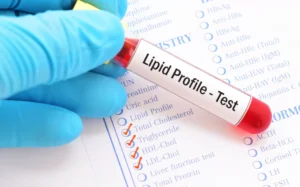Erythrocyte Sedimentation Rate {ESR}
IntroductionUnderstanding ESRIndications For ESR TestingInterpreting ESR LevelsClinical Management Based On ESR Introduction Begin by introducing the concept of erythrocyte sedimentation rate (ESR) as a simple blood test used to detect inflammation in the body. Explain how ESR measures the rate at which red blood cells settle at the bottom of a tube over a certain period, influenced by various inflammatory factors. Understanding ESR Explain the physiology behind ESR, where elevated levels are indicative of increased inflammation in the body. Discuss...







